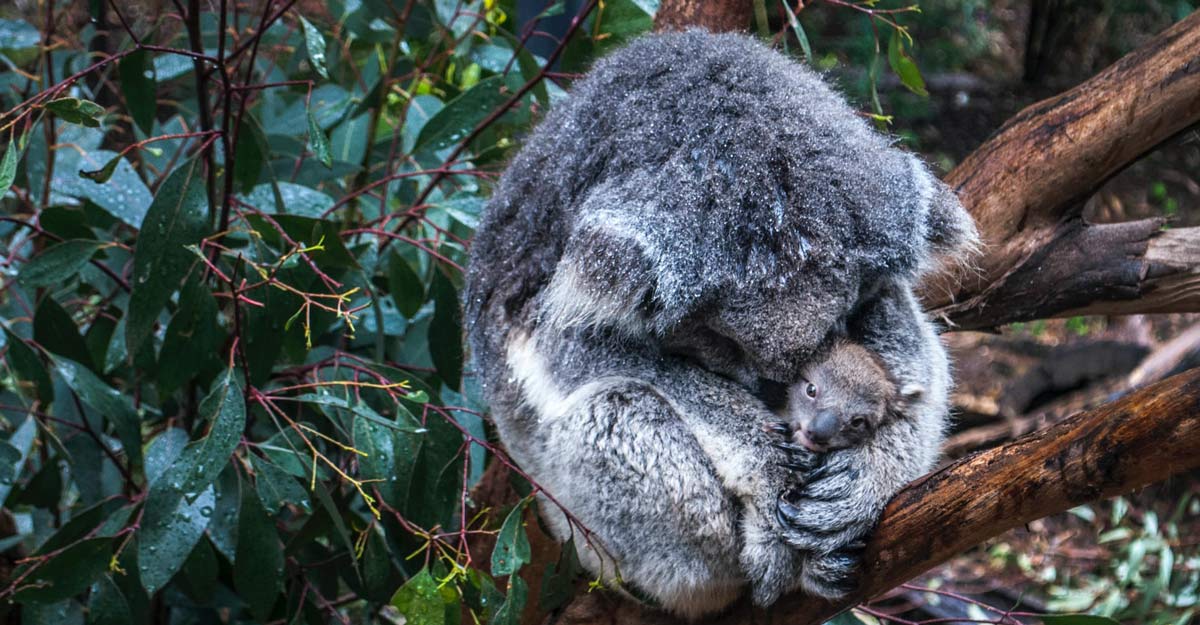
The Australian Academy of Science welcomes the recommendations of the Samuel review and calls on the Australian Government to advance them. We also call on the Opposition to support durable, collaborative reform to Australia’s environment laws that places science and Indigenous knowledge at the heart of the EPBC Act.
All the recommended elements—national environmental standards, scientific evidence through high-quality data and analysis tools, and robust and independent assurance systems—are essential to ensure that devolved decision-making retains the Australian people's confidence. The report outlines a comprehensive program for reform and should be pursued in full.
The scientific challenge is known and it is urgent. Deterioration of ecosystems and species extinction is occurring at an unprecedented rate.[1]
Around one million animal and plant species are threatened with extinction, many within decades. Australia has one of the worst records of species extinctions of any continent, with nearly 50% of the world’s known and historically recorded mammal extinctions.[2]
Stresses facing species and ecosystems globally, such as invasive species, overharvesting, habitat loss, and fragmentation, are exacerbated by a rapidly changing climate.[3]
But as the report makes clear, Australia’s biodiversity information systems are antiquated and not fit for purpose. The Academy continues to support the establishment of a national biodiversity information agency.
Only through significant changes in Australia’s data and information systems can we hope to derive economic, social and environmental benefits from our biodiversity regulatory regime.
Science, working with landholders, business, government, and other researchers, can solve this crisis and reverse Australia’s lamentable record for biodiversity devastation.
[1] Steffen, W., Broadgate, W., Deutsch, L., Gaffney, O., Ludwig, C., 2015. The trajectory of the Anthropocene: The Great Acceleration. Anthr. Rev. 2, 81–98. https://doi.org/10.1177/2053019614564785; Woinarski, J.C.Z., Braby, M.F., Burbidge, A.A., Coates, D.,
Garnett, S.T., Fensham, R.J., Legge, S.M., McKenzie, N.L., Silcock, J.L., Murphy, B.P., 2019. Reading the black book: The number, timing, distribution and causes of listed extinctions in Australia. Biol. Conserv. 239, 108261. https://doi.org/10.1016/j.biocon.2019.108261
[2] Brondizio, E.S., Settele, J., Diaz, S., Ngo, H.T., 2019. Global assessment report on biodiversity and ecosystem services of the Intergovernmental Science-Policy Platform on Biodiversity and Ecosystem Services. IPBES Secr. Bonn.; Hughes, L., 2014. Changes to Australian terrestrial biodiversity, in: Christoff, P. (Ed.), Four Degrees of Global Warming: Australia in a Hot World. Routledge, Abingdon, UK and New York, USA , pp. 63–83.
[3] Creswell, I., Murphy, H., 2016. Biodiversity, in: Australia State of the Environment 2016, Australian Government Department of the Environment and Energy, Canberra, https://Soe.Environment.Gov.Au/Theme/Biodiversity, DOI 10.4226/94/58b65ac828812.
© 2025 Australian Academy of Science